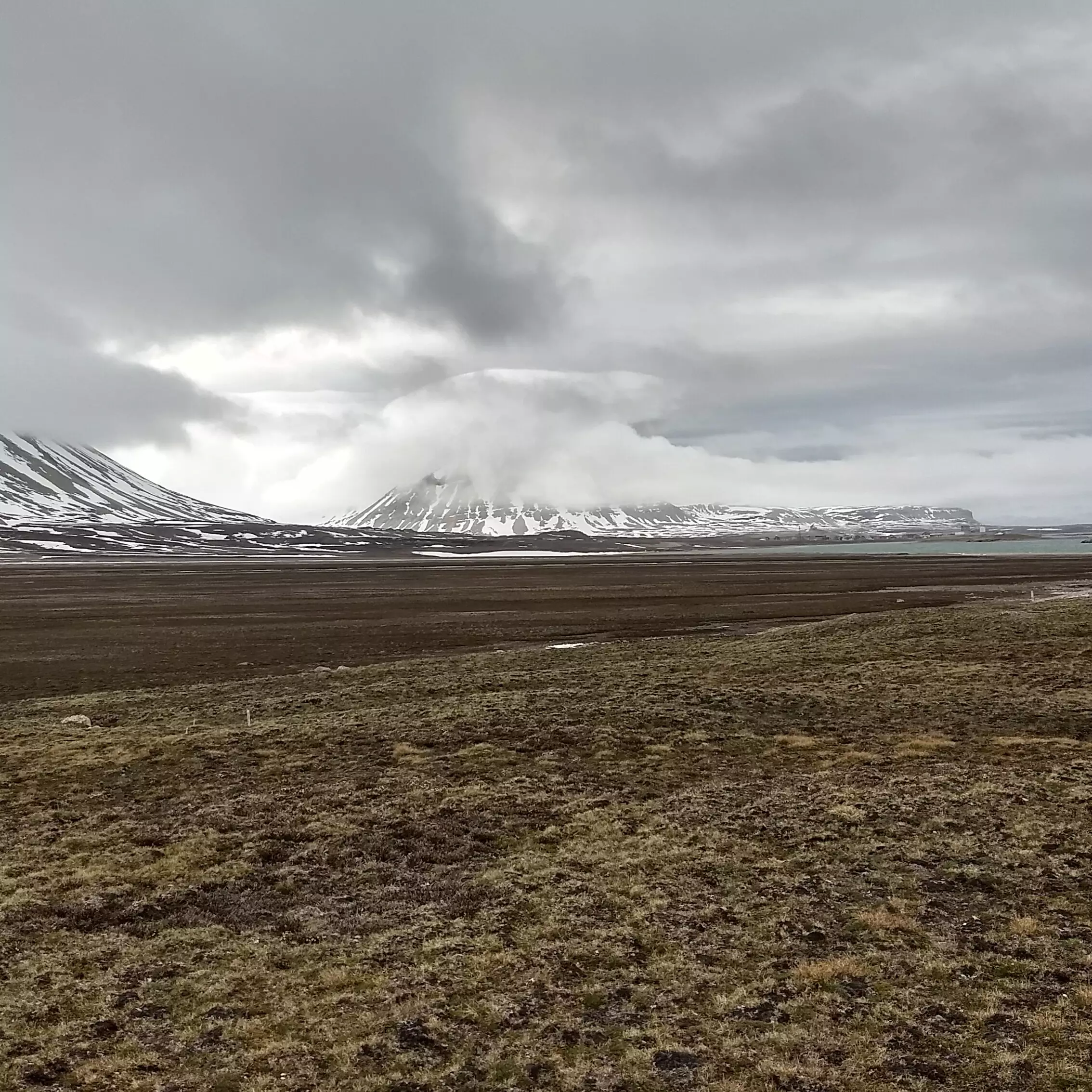The Arctic climate is rapidly changing, and scientists from around the world are racing to uncover the factors contributing to these transformations. In a groundbreaking study published in Nature Communications, an international team of researchers from Sweden, Norway, Japan, and Switzerland has shed light on the crucial role of biological particles in the formation of ice within Arctic clouds. This research has significant implications for climate science and our understanding of the Arctic climate dynamics.
Over multiple years, the team conducted their research at the Zeppelin Observatory in the High Arctic, located on the remote Norwegian archipelago of Svalbard. The researchers employed a sensitive optical technique that relied on light scattering and UV-induced fluorescence to individually identify and count biological particles such as pollen, spores, and bacteria. This precise methodology was essential in overcoming the challenge of detecting these particles in extremely low concentrations.
The study also investigated the seasonal dynamics of biological particles and established correlations with variables such as snow cover, temperature, and meteorological parameters. The presence of biological particles was confirmed through various methodologies, including electron microscopy and the detection of specific substances like arabitol and mannitol. The presence of these substances, which are related to fungal spores, indicates that the biological particles may originate from local sources or long-range atmospheric transport.
Quantifying ice nucleating particles and understanding their properties presented a significant challenge for the researchers. To overcome this obstacle, they employed two distinct methods. Firstly, they collected particles on filters over a week and then conducted rigorous laboratory analysis. Secondly, they used a unique method to quantify the ice nucleating ability of aerosol particles immersed in water droplets across a range of temperatures. This allowed them to determine the concentration of ice nucleating particles active in Arctic low-level clouds.
Additionally, by subjecting the filters to additional heating at 95°C, the researchers could identify the proteinaceous component of ice nucleating particles. This breakthrough enabled them to shed light on the potential biological origin of these particles. The study’s findings definitively establish the prevalence of biological particles contributing to ice nucleation at the Zeppelin Observatory.
The research conducted by this international team of scientists has wide-ranging implications for climate science. By unraveling the origin and properties of biological and ice nucleating particles in the Arctic, these findings can help improve the representation of aerosol-cloud interactions in climate models. This, in turn, can reduce uncertainties related to anthropogenic radiative forcing estimates.
The Arctic region is expected to experience increases in open ocean areas and snow-free tundra in the coming decades. These changes will likely lead to higher concentrations of biological particles. Therefore, gaining a deeper understanding of the relationship between these particles and clouds is crucial for comprehending the ongoing and future transformations occurring in the Arctic climate.
The groundbreaking research conducted by an international team of scientists has brought to light the essential role of biological particles in the formation of ice within Arctic clouds. With their innovative approach and meticulous methodology, the researchers have successfully identified and quantified these particles, enhancing our understanding of the Arctic climate dynamics. These findings have critical implications for climate science and offer valuable insights into the ongoing and future transformations occurring in the Arctic region. By incorporating these discoveries into climate models, we can improve our predictions and take steps towards mitigating the impact of climate change.


Leave a Reply